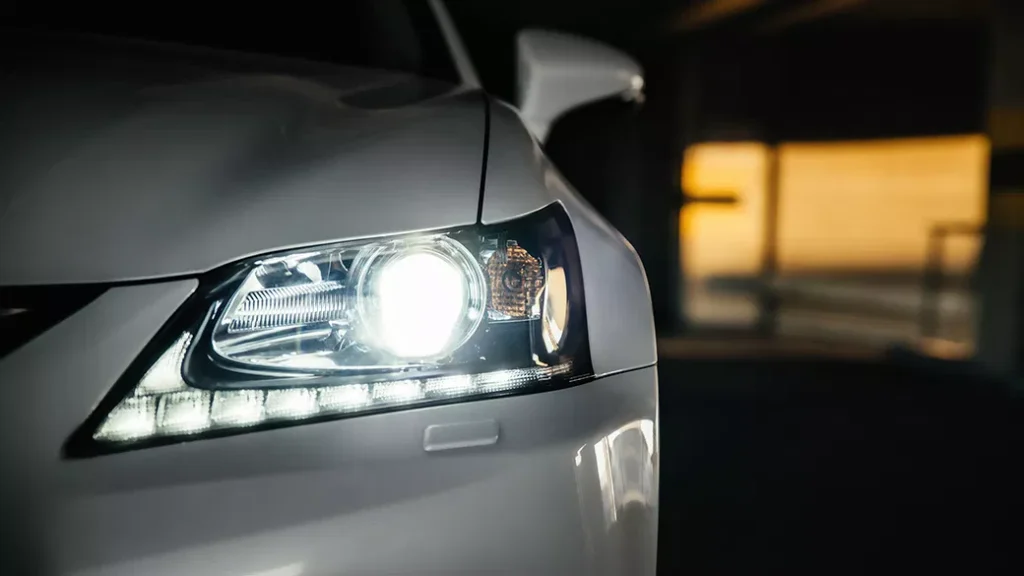In recent years, LED headlights have become a common feature in most new cars, offering improved road visibility and a longer lifespan. However, these powerful lights have triggered significant debate and frustration among drivers, many of whom argue that their brightness creates serious safety risks. Recent research and expert viewpoints indicate that the problem extends beyond simple discomfort, with the potential to evolve into a public safety threat.
The Growing Discontent on the Roads

A survey commissioned by the RAC revealed that 89% of UK drivers feel that LED headlights are overly bright, with 85% stating that headlight glare has gotten worse over time. This issue is not limited to the UK; drivers in the U.S. are expressing similar concerns. Victor Morgan, a mechanical engineer, carried out his own tests and discovered that real-world glare levels significantly surpass the regulatory limits.
LEDs: A Double-Edged Sword?

LED headlights were introduced as a more energy-efficient and long-lasting option compared to traditional halogen bulbs. Although they enhance visibility for drivers, they also have an unintended side effect: their intense beams can create considerable discomfort for drivers of oncoming vehicles.
Mark Rea from the Light and Health Research Center highlights that the issue is made worse by misaligned headlights, especially when lower vehicles meet SUVs or trucks. “It’s not every car,” he observes, “but about 20% are glaring.”
Unintended Consequences of Progress

The shift to LED technology was initially met with enthusiasm, but its drawbacks soon became clear. Numerous drivers have expressed feeling blinded on dimly lit roads, leading some to wear special glasses for night driving. The overwhelming brightness frequently results in delayed reaction times, with two-thirds of drivers acknowledging they need to slow down to adjust.
Blame It on the Angle?

Experts believe that misaligned headlights contribute significantly to the issue. Adaptive headlights, which adjust their beam direction according to the vehicle’s movements and surroundings, could potentially solve this problem. However, these sophisticated systems are not yet commonly used, meaning many drivers still depend on standard LED setups, which are often poorly aligned.
Calls for Stricter Regulation
The National Highway Traffic Safety Administration (NHTSA) has recently been presented with a petition to reconsider the maximum brightness limits for LED headlights. Advocacy organizations, such as the Soft Lights Foundation, contend that the existing regulations do not adequately address the real-world effects of these lights. “Everyone is mystified by why they are being blinded,” says Mark Baker, president of the foundation.
A Global Issue

While complaints about LED headlights are common in the U.S., the issue resonates worldwide. In the UK, an overwhelming 64% of drivers feel that these lights are so bright they could lead to accidents. The widespread nature of these concerns across various countries emphasizes the need for a global standard to reduce the risks.
Potential Solutions on the Horizon
In addition to regulatory changes, emerging adaptive lighting technologies offer a potential solution. These systems can adjust the light’s intensity and direction in real-time to reduce glare for other drivers. However, it will take years before they are widely implemented. In the meantime, vehicle owners are advised to have their headlights regularly inspected and aligned.
Final Thoughts
LED headlights, once celebrated as a technological innovation, are now under increasing scrutiny. As more drivers raise their concerns, it’s clear that regulatory changes and technological improvements are necessary. Whether through tougher regulations or new innovations, the ultimate goal is the same: to create safer and more comfortable roads for everyone.

